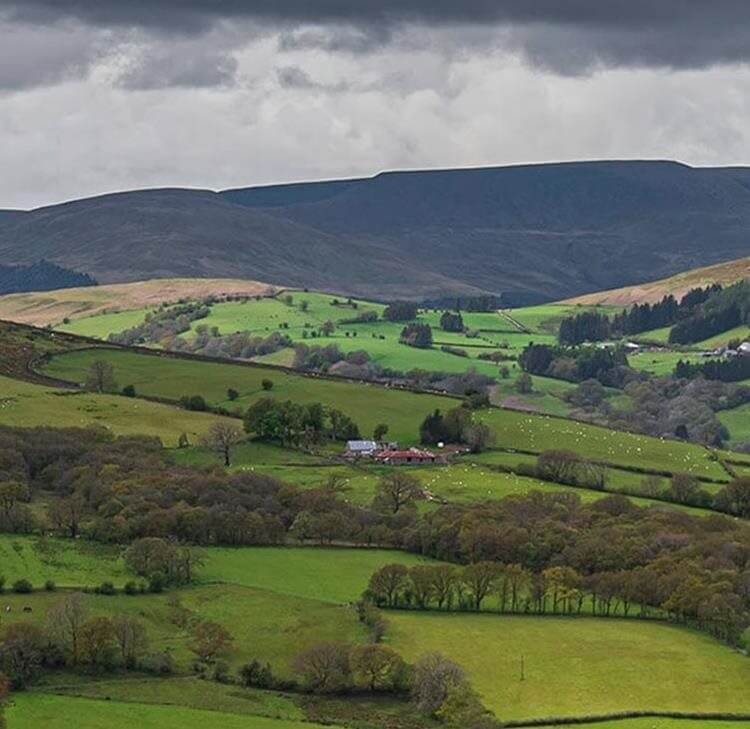Bate and another v Affinity Water Ltd [2019] EWHC 3425
Extrinsic evidence can be used to identify the dominant tenement in a deed of easement and a water company’s whole undertaking can constitute that dominant tenement.
Extrinsic evidence can be used to identify the dominant tenement in a deed of easement and a water company’s whole undertaking can constitute that dominant tenement.
Facts
Landowners (B) asked a water company (AWL) to remove a water main from their land. AWL refused on the basis that the main was installed pursuant to an easement granted in 1947 to transport water from a borehole into the town’s water system. B in turn argued that the 1947 deed had created only a licence since the requirements for a valid easement had not been satisfied.
Issues
- Was there a dominant tenement identified (or capable of being identified) by the 1947 deed and, if so, did the right claimed accommodate it (two of the requirements for a valid easement set out by the Court of Appeal in the case of Re Ellenborough Park [1956] Ch 131)?
- If there was no express easement granted by the 1947 deed, could AWL claim a prescriptive easement to use the water main?
Decision
- Although the 1947 deed did not expressly identify the dominant tenement, the judge admitted extrinsic evidence to identify a small area of land nearby containing a borehole and pumping equipment as the dominant tenement. This land was also accommodated by the easement because the right granted facilitated the provision of water by AWL through the dominant tenement to other properties in the locality.
In any event, even if the judge were wrong on this point, the court could rely on the decision in Re Salvin’s Indenture [1938] 2 All ER 498 to the effect that the whole of a water company’s undertaking consisting of its corporeal and incorporeal hereditaments (i.e. its physical land and the rights acquired over other land) could constitute the dominant tenement. B contested the correctness of this decision, but the judge saw no reason to consider it to have been wrongly decided. - Although not now necessary to decide the case, the judge nonetheless still considered the matter.
B argued that AWL’s use of B’s land could not be said to be ‘as of right’ (i.e. without force, secrecy or permission) because of the mistaken belief that AWL already had a valid expressly granted easement (a prescriptive easement requires 20 years’ continuous use ‘as of right’). It was accepted (based on previous authority) that where a dominant owner uses a third party’s land mistakenly believing that a legal right to do so already exists, that dominant owner is still a trespasser (in other words, use is still ‘as of right’). The judge came to the same conclusion where the mistake is by the servient owner. Landowners have 20 years to check whether users of their land have legal rights to do so (by looking at relevant documents and taking legal advice) and must accept the consequences if they do nothing.
The water main was originally installed with the servient owner’s permission at the time since, if the 1947 deed had not created an easement, it had granted a licence to lay the main. However, the servient land had changed hands since then without any further permission being granted and, from that point onwards, the use became ‘as of right’. Although the main was not visible (being underground), use could not be said to be ‘secret’ since subsequent owners of the servient land would have been aware of the 1947 deed and there were two manhole covers on the servient land (which indicated the presence of the main beneath).
Points to note/consider
- Unlike profits a prendre, this case is a reminder that easements cannot exist ‘in gross’ (i.e. without a corresponding dominant tenement that benefits from the rights granted). Whilst it is clearly best practice to set out expressly the extent of the dominant tenement in a deed of easement, this case shows that failing to do so is not necessarily fatal. As long as a court can identify a dominant tenement at the time of the grant (by analysing the evidence to work out the parties’ intentions at the time), an easement may exist.
- This case also confirms that if the grantee of an easement is a statutory undertaking, the dominant tenement can be partly land it owns and partly the rights it has over third parties’ land (so a statutory undertaking can enter into sequential easements to pass the benefit of its services along a chain).
Contact

David Harris
Professional Development Lawyer
david.harris@brownejacobson.com
+44 (0)115 934 2019








































